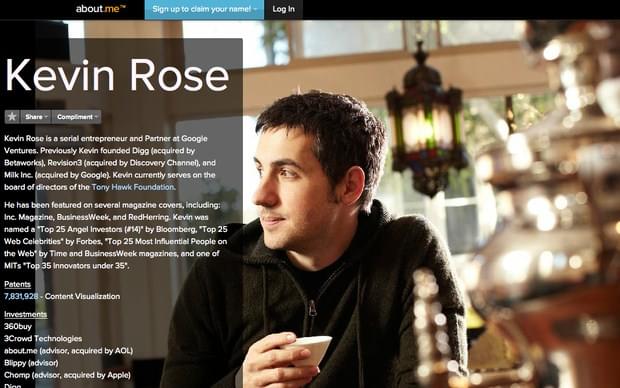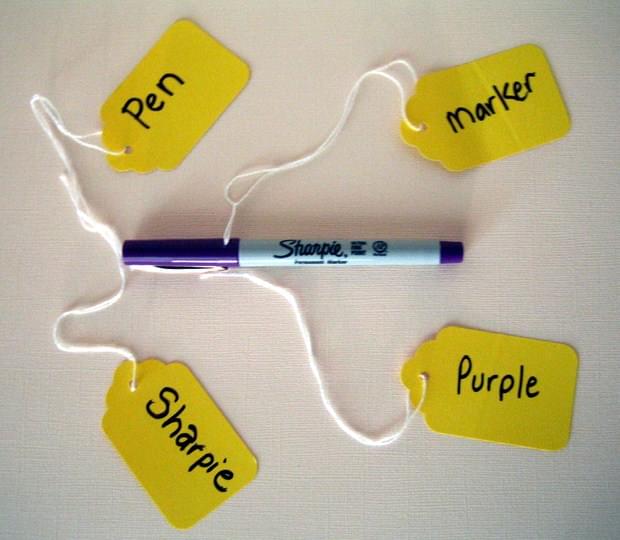Whether or not you have a business, you have your own personal brand. This is a universally-accepted truth, something that is repeatedly taught in business courses worldwide. No wonder. Branding consists of your style, your personality and the way you want to impress other people. This branding should reflect the character and persona that you are commoditizing and marketing intentionally to other people. In this article, we will discuss how you can create and manage your personal brand through social media and presence on the web.
The Critical Journey to Your Personal Brand
1. Plan Your Name and Own Brand
Your brand is equal to your reputation, so it cannot be formed by anyone else except you. Sure, other people like experts in brand management can suggest good perceptions depending on what you want to portray. But the bottom line in branding and ownership is up to you. Plan on how you’d name yourself on screen. You can begin by searching your own name on social engines and see how many people have the same name as yours. If there are several hits, a good idea is to change your name a bit and make it unique and at the same time easy to remember.
Then form a catchy short description that will match your identity. For example, in the case of Seth Godin, he is strongly portrayed as “an American entrepreneur, author and public speaker.” This is to tie your name with markings that will make the public know you quite well in one read. View this as a trademark that you must protect while continuously molding and shaping your brand.
4 To Do’s Before Choosing an SEO Agency for Your Business2. Create an “About Me” Page
In several media, you can create and publish an “about me” page or post, such as in your blog, on Facebook, on Twitter, on Google Plus, and About.me. Descriptions can be 1 to 50 words and this portion in your page will improve your online presence and will guide readers on the way you want to be perceived. This enables you to create impact as well, by defining what you can demonstrate and what you can share that is relevant to the interest of readers. Having this page will make them easily relate to your stand and posts.
3. Build Relationships
When You Should Not Decide Against Redesigning Your WebsiteYou are creating your personal brand to reach out to others and make yourself known. Thus it is critical to build relationships with those who should be concerned or at least your “target market.” Manage your brand with the aim of helping them out and continue having healthy and regular conversations with them without straying out of the focal point and topic of your niche. If you portray yourself as an expert in making money online, then it’s good to be associated with people who also are in the same field. This circle or industry to which you are serving is vast so better find good contacts that can help you stand tall and strong as you want to be.
At this point, when you are writing posts, motivate your readers to leave their response or comment at the bottom. Ask questions to pique their minds. Encourage them to share your article via social media buttons or plug-in at your site. Perform viral marketing by building links to other associate networks and blogs. Create noise in the community!
4. Focus on Keywords
Multi-level SecurityWhenever you are writing, take note of keywords to be used to get to your target. There are tools that can help you monitor who’s talking and what’s trending on social media. These are helpful for you to know how and where to position your brand. Tools such as Buffer, Hoot Suite, Social Oomph and Tweet Deck can determine and analyze mentions and conversations that people care most about. These are all for you to track and measure your online personal brand and traffic in simple and clean dashboards, especially if you are running multiple social media profiles.
You can also use Google Alerts for certain keywords you want to know and be alerted about. You can just set keywords you are interested in and Google will send you notification every time those words are mentioned online.
By doing such, you will know the keywords which are hitting up. Use them to your advantage and your post with these linked keywords will more likely to appear as results in search engines.
HBAR vs. XRP: What Is a Better Investment?5. Be Proactive
Right now even if you don’t feel like creating your personal brand would help you in some way, put in some effort in incorporating the essentials in your LinkedIn profile as this online avenue is more trusted to contain trusted information about you rather than those of Facebook, Twitter and other social marketing sites. Also, take time to update your e-mail signature. It’s not recommended to include your favorite Bible verses and quotes you believe in, if you are functioning in a high-class corporate setting.
Conclusion:
Maintaining a good name nowadays in any industry is quite challenging with many competitive here and there. The least you can do is speak and behave your brand. You might have already practicing these tips. However, reminding you to take caution in every way in developing your personal brand is still valuable.











